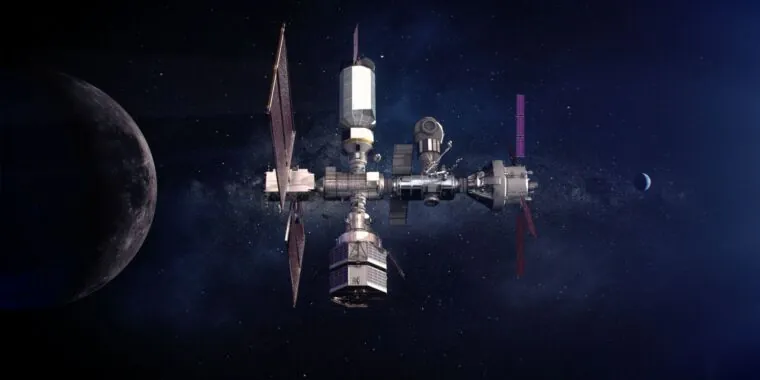
The Bold Strategy to Revitalize NASA's Artemis Program Before It's Too Late!
2024-10-01
Author: Ting
As America gears up for a new political era with the impending presidential election, one of the most pressing issues awaiting the next administration will be the fate of NASA's beleaguered Artemis program. While the concerns of everyday citizens often lie elsewhere, it is crucial for our new leadership to take decisive action to safeguard the future of human space exploration.
Is Artemis Doomed? The Alarming Reality Check
Despite bipartisan support for the Artemis initiative, which aims to return humans to the Moon after nearly half a century, cracks are beginning to show in an otherwise ambitious plan. Challenges abound, threatening to derail the timeline for NASA's lunar ambitions:
1. Orion's Crew Flight Uncertainty: The flagship Orion spacecraft, more than 20 years in development, faces troubling issues with its heat shield that puts the first crewed flight in jeopardy.
2. Unrealistic Timelines for Lunar Missions: While NASA hopes to launch Artemis III, the first official landing mission, by September 2026, the reality is much grimmer. With unresolved technical challenges and reliant technologies—including the SpaceX Starship lunar lander and Axiom Space's spacesuits—it’s likely that the Moon landing could slip to as late as 2028 or beyond.
3. Complex Future Missions: Artemis IV aims to incorporate a larger variant of the Space Launch System (SLS) rocket and a new lunar space station, the Lunar Gateway. The integration of these ambitious components adds more layers of logistical complicity.
4. Geopolitical Race Heightens: With China ramping up its lunar exploration efforts and setting a goal of landing astronauts on the Moon by 2030, the stakes for America’s leadership in space are intensifying.
Yet, an increasingly tight NASA budget only exacerbates these challenges. As funding remains stagnant, prior commitments to science programs are being sacrificed at the altar of Artemis, with major projects like the Chandra space telescope facing cuts and missions like VIPER getting canceled altogether. This could lead to dangerous consequences for the entire Artemis initiative if left unaddressed.
A Pragmatic Approach: Key Restructuring Decisions
Amid this crisis lies a bold proposal aimed at reshaping the Artemis program for success. While these suggestions may ruffle some feathers, particularly among industry giants like Boeing and SpaceX as well as NASA’s own facilities in Huntsville and Houston, pressing forward with realism is essential to reviving the program.
Here are critical policy recommendations to ensure Artemis not only survives but thrives:
- Cancel the Lunar Gateway: This unnecessary addition to the mission could drain vital resources and prolong timelines without significant benefits.
- Scrap the Block 1B Upgrade for SLS: Investing in an already functioning system can channel funds more effectively without complicating the program.
- Adopt Centaur V: Designating the Centaur V as the new upper stage for the SLS can simplify operations and potentially accelerate the development timeline.
The path forward may not be easy, but it's vital. With geopolitical supremacy in the balance and the risk of wasting precious resources on an unsustainable lunar program, it's time for NASA and policymakers to make hard choices. The fate of America’s Artemis program hangs in the balance—therefore, action must be taken before it slips into the abyss of failure.
Stay tuned as we unveil more insights into the future of space exploration!


 Brasil (PT)
Brasil (PT)
 Canada (EN)
Canada (EN)
 Chile (ES)
Chile (ES)
 España (ES)
España (ES)
 France (FR)
France (FR)
 Hong Kong (EN)
Hong Kong (EN)
 Italia (IT)
Italia (IT)
 日本 (JA)
日本 (JA)
 Magyarország (HU)
Magyarország (HU)
 Norge (NO)
Norge (NO)
 Polska (PL)
Polska (PL)
 Schweiz (DE)
Schweiz (DE)
 Singapore (EN)
Singapore (EN)
 Sverige (SV)
Sverige (SV)
 Suomi (FI)
Suomi (FI)
 Türkiye (TR)
Türkiye (TR)